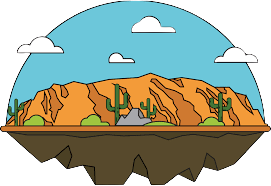About the Grand Canyon
Explore the geology, ecosystems, and visitor essentials of this natural wonder—one of the greatest spectacles on Earth.
What Is the Grand Canyon?
The Grand Canyon is a staggering chasm carved by the Colorado River in northern Arizona. Spanning 277 miles long, up to 18 miles wide, and more than a mile deep in places, it reveals nearly two billion years of Earth’s geological history. From its layered red rock walls to the powerful river at its base, the canyon offers an unparalleled window into our planet’s past.
Today, the Grand Canyon is protected as a U.S. National Park and draws millions of visitors each year who come to hike its trails, photograph its vistas, and learn about Native American cultures that have called this region home for centuries. Whether you stroll the rim trails, venture into the inner gorge, or view it from the air, the canyon’s immense scale and ever-changing light leave an indelible impression.
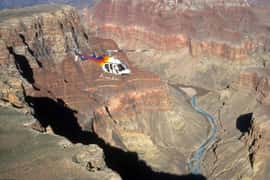
Geological Formation
Over the last 6 million years, the Colorado River cut through layers of ancient rock uplifted by tectonic forces. The rim rocks date back nearly 2 billion years, revealing tales of seas, deserts, and volcanic eruptions. Erosion by water, ice, and wind sculpted the plateau into the dramatic cliffs and spires seen today.
Key phases:
- Deposition: Ancient seas laid down limestone and shale.
- Uplift: The Colorado Plateau rose, increasing river gradient.
- Erosion: The river carved downward, exposing rock strata.
- Weathering: Rain, snowmelt, and wind sculpted intricate features.
Unique Ecosystem
Despite its arid appearance, the canyon supports diverse plant and animal life across multiple climate zones:
- Rim forests: Ponderosa pine, Douglas fir, and mixed conifers.
- Inner canyon: Cottonwood, willow, and desert scrub along the riverbanks.
- Wildlife: California condors, bighorn sheep, mule deer, and numerous reptiles.
- Endemic species: Several plants and invertebrates found only within the canyon’s walls.
Visitor Tips
- Book accommodations and tours months in advance for peak seasons.
- Dress in layers—temperatures vary wildly from rim to river.
- Carry ample water; dehydration is the top medical concern.
- Stay on marked trails and watch for wildlife crossings.
- Cell service is spotty—download maps and park apps beforehand.
- Arrive early for sunrise views or late afternoon for golden-hour light.
Top Grand Canyon Tours 2025
Discover our recommended experiences: from rim-to-river hikes and scenic drives to aerial and bus tours—all with instant booking and secure checkout.

Las Vegas: Grand Canyon West, Hoover Dam & Optional Skywalk
Top PickFull-day West Rim bus tour with Hoover Dam stop and the option to add the Skywalk.
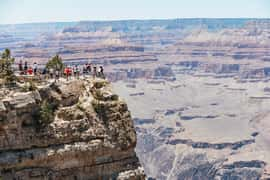
From Las Vegas: Grand Canyon South Rim Day Trip
ClassicNational Park viewpoints like Mather Point & Bright Angel with time to explore the rim.
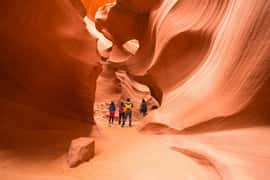
Las Vegas: Grand Canyon, Antelope Canyon & Horseshoe Bend
DealBig-value small-group day—from Vegas to Horseshoe Bend & Antelope Canyon photo stops.
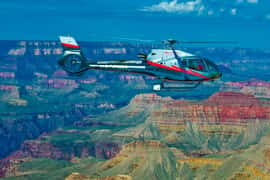
From South Rim: Grand Canyon Spirit Helicopter Tour
Premium45-minute flight over the widest & deepest sections from the National Park side.
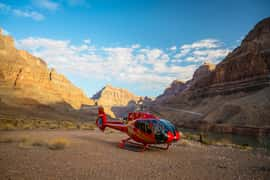
Las Vegas: Grand Canyon Helicopter Landing Tour
Bucket ListTouch down below the rim for a once-in-a-lifetime perspective—optionally with champagne.

Grand Canyon South Rim Airplane Tour
Scenic Flight40–165 minute fixed-wing sightseeing flights with multilingual audio options.
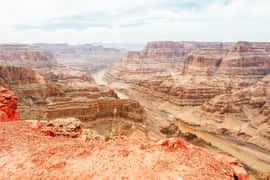
Las Vegas: West Rim Tour with Optional Skywalk
ValueClassic West Rim highlights with the option to add the glass Skywalk experience.
